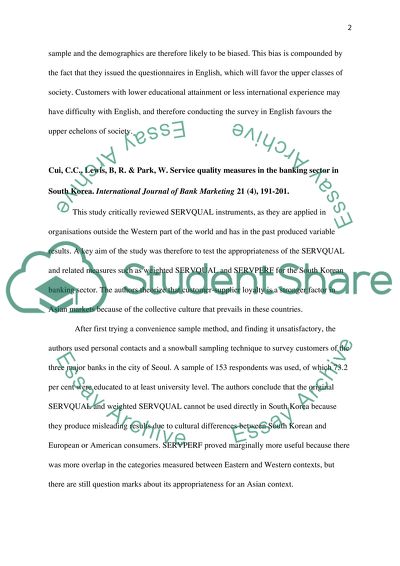Cite this document
(“Report Book /Review Example | Topics and Well Written Essays - 2250 words”, n.d.)
Report Book /Review Example | Topics and Well Written Essays - 2250 words. Retrieved from https://studentshare.org/marketing/1616646-report
Report Book /Review Example | Topics and Well Written Essays - 2250 words. Retrieved from https://studentshare.org/marketing/1616646-report
(Report Book /Review Example | Topics and Well Written Essays - 2250 Words)
Report Book /Review Example | Topics and Well Written Essays - 2250 Words. https://studentshare.org/marketing/1616646-report.
Report Book /Review Example | Topics and Well Written Essays - 2250 Words. https://studentshare.org/marketing/1616646-report.
“Report Book /Review Example | Topics and Well Written Essays - 2250 Words”, n.d. https://studentshare.org/marketing/1616646-report.


